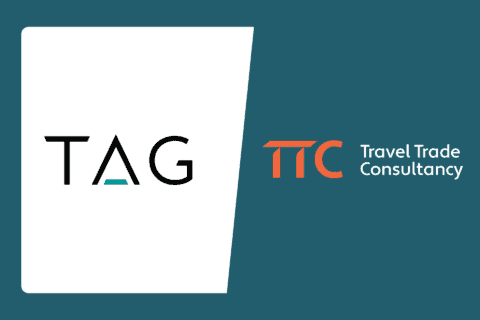The March ATOL renewal process is now firmly underway.
The hard yards were done in 2018 when the ATOL Online Portal was used for the first time and the CAA should now hold an accurate record of the corporate structure of each licence holder. This leaves updating financial results, adjusting business profile assumptions and setting out your licence limit requirements for the year ahead to kick off the renewal process.
However, following the failure of Thomas Cook (TC) in September 2019 we do envisage increasingly challenging conversations in the weeks and months ahead particularly for businesses looking to obtain bonding lines through the insurance markets or those struggling to replace the distribution or supply provided by TC.
To help you, here are five important steps towards a smooth renewal.
1. Self-assess yourself against CAA criteria
The days of performing a quick piece of arithmetic to calculate your free asset position are now over. There’s only one way to know for sure if you pass the CAA’s financial requirements and that’s to submit a self-assessment.
If you’ve passed before and have equally strong financial results this year you might assume this step isn’t necessary. However, if you’re focusing too much on the bottom line of your P&L and not watching your leverage multiple then you could be in for a nasty surprise.
After you’ve submitted your assessment, you’ll hopefully receive an email advising that the computer says Yes! If not, you’ll be told the cash improvement required. At this point you’ll need to engage with your shareholders to determine how this can be fixed and how soon. Whatever your plan, you should act fast. Bad news isn’t wine. It does not get better with age.
Access the self-assessment documents
2. Managing your ATOL Online account
2018 saw the launch of the new licensing portal ‘ATOL Online’, the product of several years of graft from the CAAs Consumers & Markets Group. The launch was not without its problems, but the improvements made since are clear to see.
Previously you might have delayed drafting your application until your statutory accounts were available on the basis that it was not possible to reach the end of the ATOL application form without the figures from your accounts. A welcome reshuffling of the application pages has meant that you can now validate and update ownership details of your business and any parent entities, as well as providing other business profile information, such as key supplier data and save the form to the point that it is only your financial information outstanding. So it’s a good idea to prepare this data and just drop in the information from your statutory accounts when it’s ready.
You should also carry out general housekeeping of your account, including checking the individuals nominated as your ‘Accountable Person’ and ‘ATOL Reporting Accountant’, so automated messages are sent to the correct personnel.
3. Setting your licence limits
Businesses renewing this March are typically doing so for a 12 month licence expiring on 31 March 2021. The implementation period covering the UK’s exit from the EU – and where existing ATOL regulations will remain unchanged – is proposed to come to an end on 31 December 2020. Travel businesses currently selling packages to EU consumers will be able to continue protecting those travellers under their ATOL until this implementation period comes to an end. Subject to the conclusion of negotiations, it is possible that the final quarter of the next licence period will fall after the end of the implementation period so companies using their licence to sell packages into the EU will be unable to do so for new bookings from 1 January 2021 onwards which is something to be mindful of when setting licence requirements.
4. Pre-empt the renewal conditions
The Holy Grail is to receive a renewal offer simply asking for payment of administration fees. If you’ve a direct debit in place with CAA these can be paid straight away. Job done.
However in reality you may need to fulfil other licensing conditions, such as updated deed of undertakings and supplying fresh bonds, to renew on time. Why not take steps to put these in place when you submit the application itself? Additionally, with the insurance market incurring substantial losses from the failure of Thomas Cook, if you know your licence is subject to a bond then you need to be speaking to your underwriters very early on to ensure the required capacity is there. A stitch in time….
5. Timing
To avoid the inevitable bottleneck the CAA awards a fee reduction if you fully submit your renewal application at least 8 weeks before the expiry and this milestone is rapid approaching. So the sooner you implement all of these steps the better.
After all, the last thing you want is to find yourself grovelling to your Audit Manager to push through the AARs, or to an Underwriter to offer bond renewal terms. Getting on with the process right now will really pay dividends.
Travel Trade Consultancy provides advice, services and support to businesses in the travel sector specialising in matters related to ATOL. Why not join over 100 other ATOL holders and let Travel Trade Consultancy handle your renewal for you?



